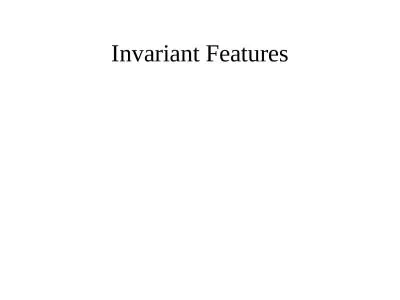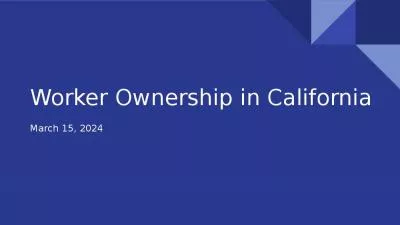PDF-The Case for Better Document Collaboration Findings from Harris Interactive Knowledge
Author : luanne-stotts | Published Date : 2015-03-16
Adults age 18 or older who are employed full or part time use a computer in their place of employment and share any type of computer 64257le with others at their
Presentation Embed Code
Download Presentation
Download Presentation The PPT/PDF document "The Case for Better Document Collaborati..." is the property of its rightful owner. Permission is granted to download and print the materials on this website for personal, non-commercial use only, and to display it on your personal computer provided you do not modify the materials and that you retain all copyright notices contained in the materials. By downloading content from our website, you accept the terms of this agreement.
The Case for Better Document Collaboration Findings from Harris Interactive Knowledge: Transcript
Download Rules Of Document
"The Case for Better Document Collaboration Findings from Harris Interactive Knowledge"The content belongs to its owner. You may download and print it for personal use, without modification, and keep all copyright notices. By downloading, you agree to these terms.
Related Documents

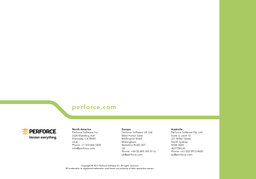

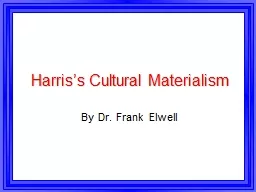
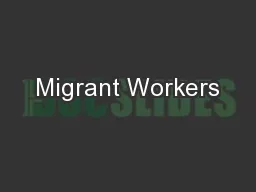
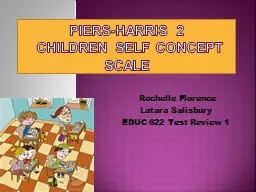
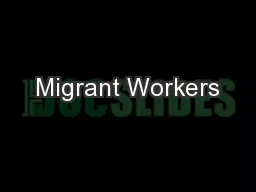
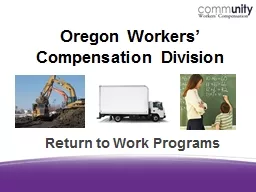
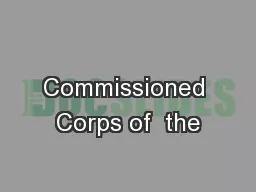

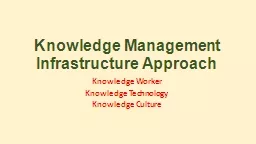
![[PDF]-Practical Perforce: Channeling the Flow of Change in Software Development Collaboration](https://thumbs.docslides.com/987798/pdf-practical-perforce-channeling-the-flow-of-change-in-software-development-collaboration.jpg)
